What is Synaptic Therapy?
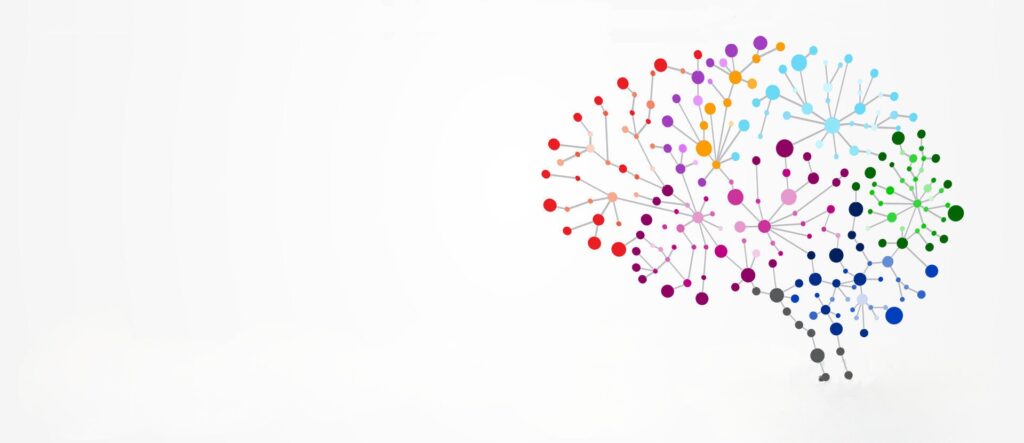
The Aspirations of the Founder
I specialize in laser treatment, research, and development related to skin regeneration and nerve repair, which are otherwise impossible to treat naturally.
To treat facial paralysis, paraplegia, quadriplegia, and more, I have developed Synaptic Therapy (nerve therapy)—a purely manual technique—with the goal of relieving as many people as possible who suffer from pain or disabilities. Additionally, as a new therapeutic option beyond medication, physiotherapy, occupational therapy, psychotherapy, or radiotherapy, I will continue to engage in dialogue with medical specialists to advance Synaptic Therapy as an innovative form of "medicine × engineering." My aim is to develop new treatment and prevention methods.
Ultimately, my goal is to contribute to global health, including in developing countries and regions where medical care is insufficient, to eliminate physical and psychological suffering. To achieve this, I will bridge fundamental research and clinical practice.
Features of Synaptic Therapy
1. Regulating Nerves and Enhancing the Body's Self-Healing

AbilityExisting methods primarily focused on the parasympathetic nervous system, hoping to stimulate the body's self-healing power. However, Synaptic Therapy directly acts on both the sympathetic and parasympathetic nervous systems, improving autonomic nervous system function and automatically enhancing the body's self-healing ability.
2. Technique That Anyone Can Learn

Previously, these techniques were acquired empirically, but Synaptic Therapy has structured the fine sensitivity of each technical step into a comprehensible language, making it accessible to everyone. Even non-practitioners can master this method.
Techniques of Synaptic Therapy
Fusion of Medicine and Engineering

Developed by a physician specializing in laser technology applications, skin regeneration, and nerve repair (in cases where natural healing is difficult), this method aims to provide a solution for all individuals suffering from physical or psychological pain, regardless of disparities in medical access.
Amplification of Strength
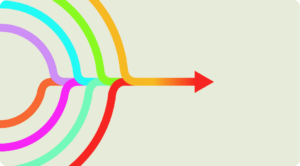
By layering two vectors (force, intensity, and direction), the result is not just an addition but a multiplication of force. Even a weak initial force can be multiplied dozens or hundreds of times through this amplification mechanism.
Future Prospects of Synaptic Therapy
1. Creating a New Culture
In the near future, when a family member is injured or experiences pain, it could become possible for the family itself to provide care. If a person is bedridden, it is often difficult to take them to a hospital, and home care is frequently requested. If a family member learns and practices Synaptic Therapy until the patient can walk again, they will be able to receive care at home, even if they cannot leave the house. This will allow people to continue walking and maintaining their health regardless of age.
In this context, beyond hospitals, families and local communities will actively participate in healthcare, fostering a culture of mutual care.
2. Conditions for Which the Therapy is Effective
In general, treating conditions like facial paralysis (which prevents smiling) or arm paralysis (which results in loss of mobility) is extremely difficult. In our initial congress presentations, we highlighted improvements in paralysis and paresthesia. There was no standardized treatment for these types of paralysis, but with Synaptic Therapy, more than 90% of patients showed improvement, distinguishing this approach from other therapies.
3. Future Fields of Application
Although still rare, there are cases showing improvement in hemiplegic patients after more than six months. Generally, after six months to a year, treatment prospects are considered minimal, but some cases have begun to show recovery. If this technique continues to be refined, individuals with hemiplegia or quadriplegia may regain movement according to their will. Furthermore, improving autonomic nervous system function may also help prevent dementia, a major global challenge in an aging society. This new approach holds great promise.
Founder Profile
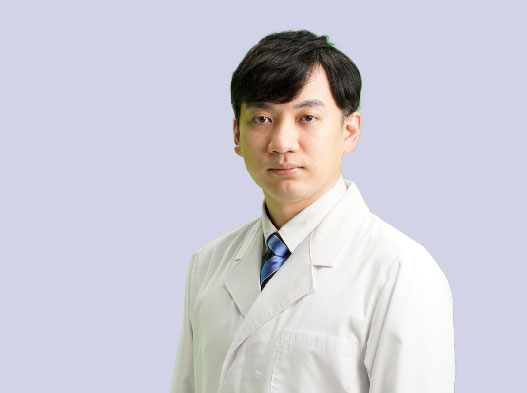
Dr. Junichiro Kojou
(小城 絢一朗)
Chairperson of the Institute for NeuroScience
Ph.D. from Keio University
Development of Laser Technologies:(Blue-ray, LASIK, laser treatment for pigment spots)
In 2008, he became a Global COE researcher and was appointed as the youngest project manager in a project involving JAXA and the Ministry of Defense of Japan.
In 2009, he presented his research at the joint MIT-Stanford International Symposium, where he received the Best Award.
In 2014, he became director of the regenerative medicine research laboratory.
In 2015, he launched a skin regeneration seminar, graduating over 1,000 participants.
In 2018, he received the Excellence Award for his research on dementia.
In 2021, he established a nerve repair method using manual therapy and a treatment for paralysis.
Currently, he travels across Japan to treat conditions recognized as difficult to cure using conventional medical techniques.
Activities in Tunisia
General Association of Motor-Impaired Persons, Medenine (AGIM)
Higher Institute of Medical Technologies of Tunis (ISTMT)
Rabtaa Neurology Institute
Central University, Faculty of Health
Espace Zmorda with AATUJA
Sports Medical Center
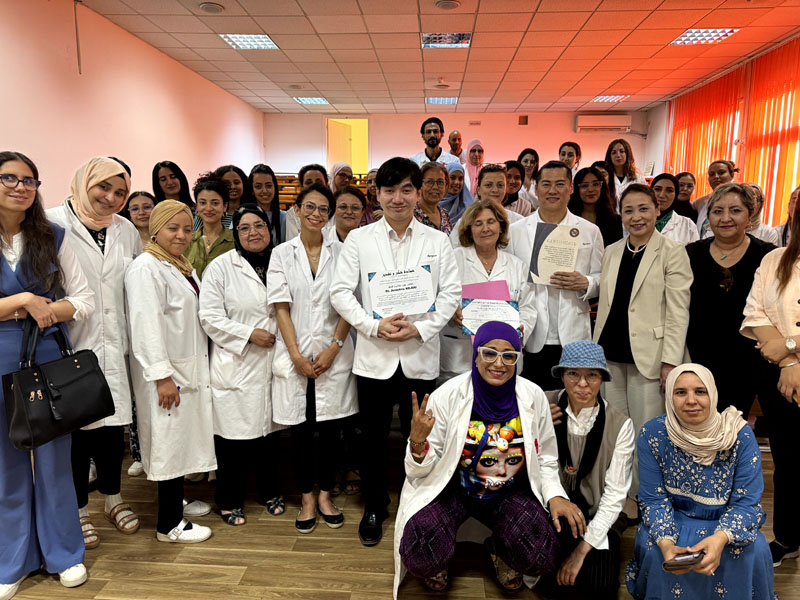
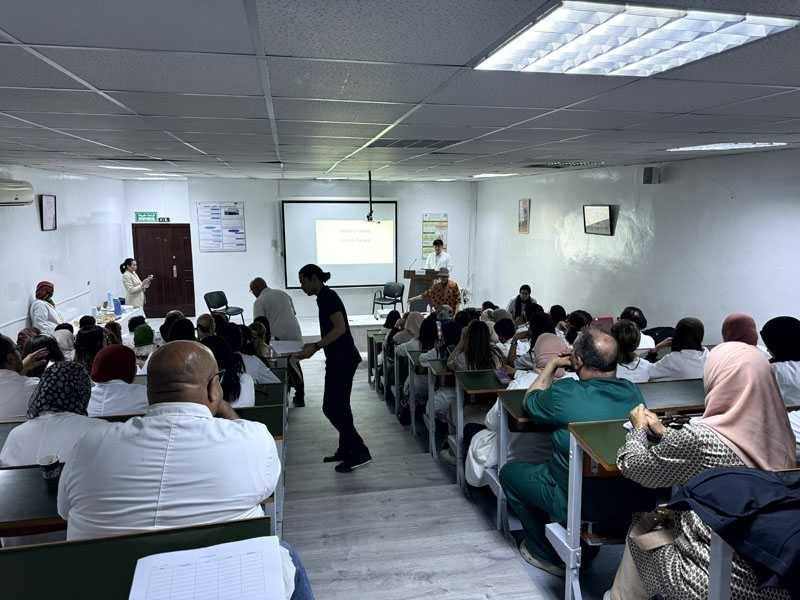
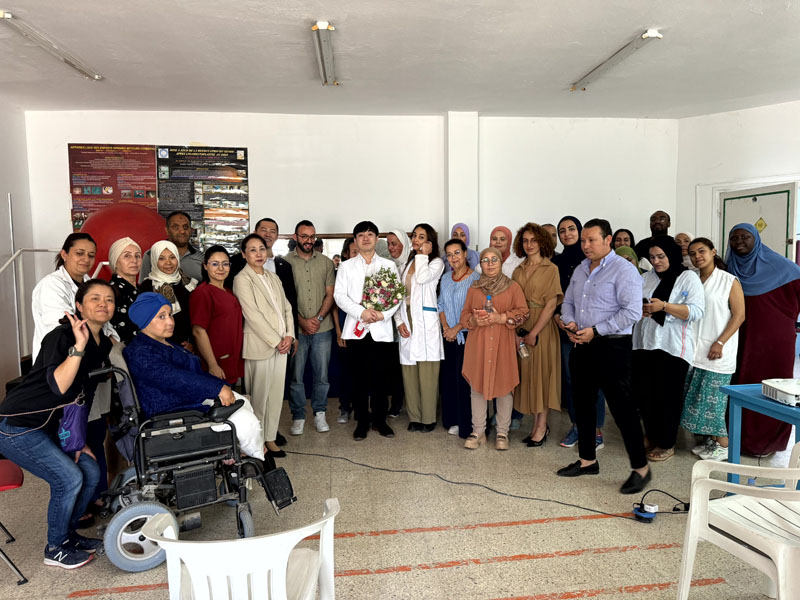
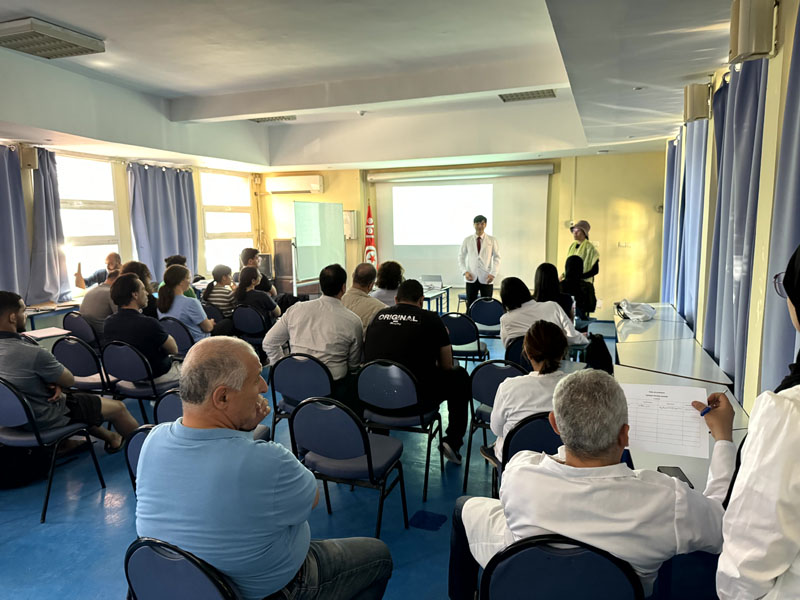
Activities in Japan
In 2023, a treatment method for strabismus was nominated as an outstanding research presentation at a medical congress.
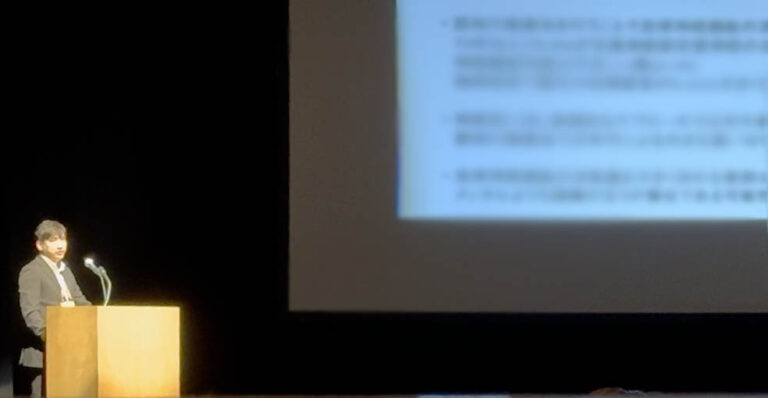
Support for Athletes

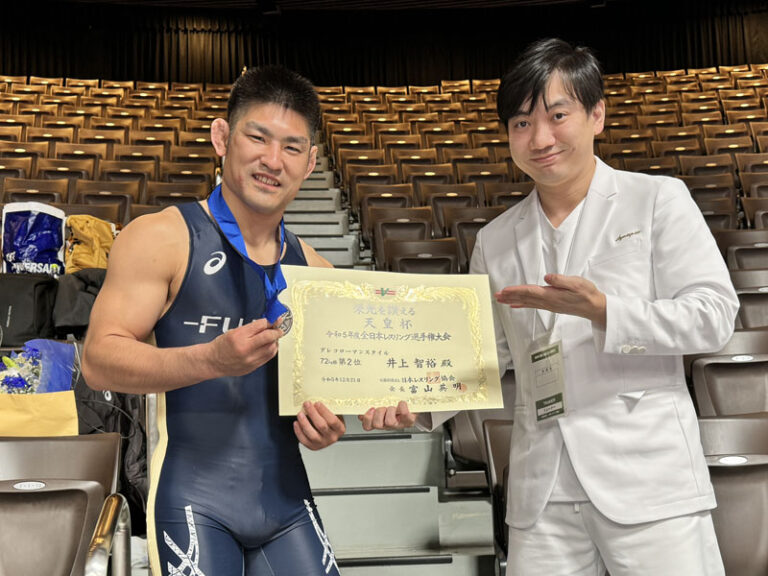
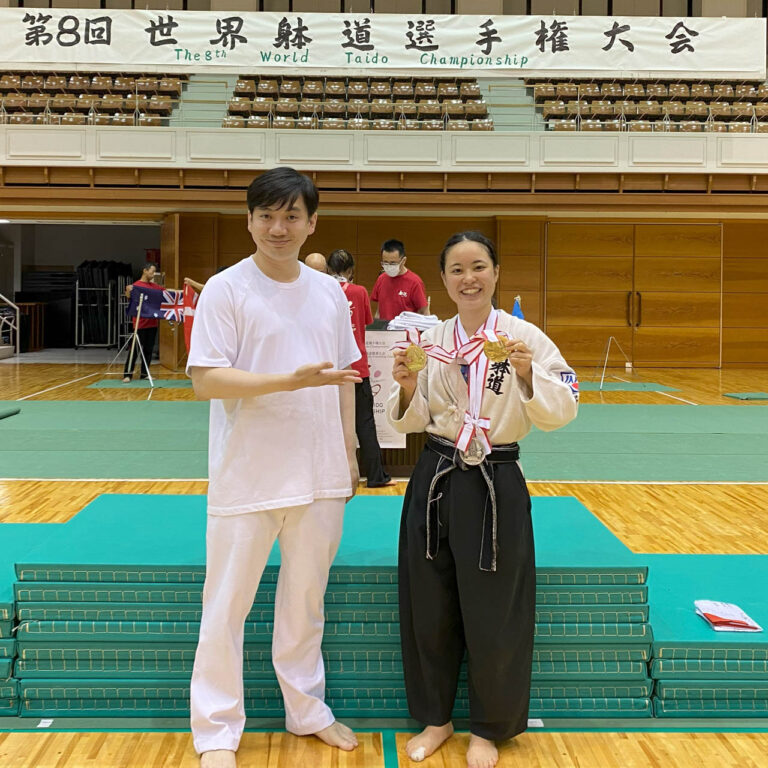
We have provided medical support to many athletes, Olympians, and professional sports players, particularly in karate, wrestling, and taidō.
Case Reports
The number of case reports exceeds 50,000.
Eyes
Floaters (myodesopsia)
Visual field reduction
Low vision
Eyelid ptosis
Presbyopia
Strabismus
Vision loss (due to diabetes)
Shoulder
Frozen Shoulder (Adhesive Capsulitis)
Scapulohumeral Periarthritis
Rotator Cuff Injury
Thrower’s Shoulder (Overuse Injury)
Back
Spinal Canal Stenosis
Lumbar Disc Herniation
Spondylolisthesis
Acute Low Back Pain (Lumbago)
Low Back Pain Due to Dysfunction of the Facet Joints
Sciatica
Lumbar Spondylolysis
Hand
Mallet Finger (Hyperextension Injury)
Trigger Finger (Stenosing Tenosynovitis)
Heberden’s Nodes (Finger Osteoarthritis)
Ganglion Cyst
Carpometacarpal (CMC) Joint Osteoarthritis
Post-Colles Fracture Stiffness
Elbow
Lateral Epicondylitis (Tennis Elbow)
Medial Epicondylitis (Golfer’s Elbow)
Thrower’s Elbow (Overuse Injury)
Moderna Arm (Reaction to Moderna Vaccine)
Foot
Ankle Sprain
Ankle Pain
Gout
Sever’s Disease
Plantar Fasciitis
Accessory Navicular Syndrome
Hallux Valgus
Tailor’s Bunion (Bunionette)
Hallux Rigidus
Neck
Cervical Radiculopathy (Cervical Nerve Root Syndrome)
Cervical Injury
Cervical Disc Herniation
Knee
Knee Osteoarthritis (Gonarthrosis)
Osgood-Schlatter Disease
Meniscus Injury
Ligament Injury
Patellar Tendinitis
Jumper’s Knee
Runner’s Knee
Other
Menstrual Irregularities
Ovulation Disorders
Gastroesophageal Reflux Disease (GERD)
Eating Disorders
Breech Presentation (Fetal Breech Position)
Rare Diseases
Post-Autoimmune Disease Sequelae (Collagenopathies)
Ossification of the Posterior Longitudinal Ligament (OPLL)
Ossification of the Ligamentum Flavum
Spinal Cord Injury
Amyotrophic Lateral Sclerosis (ALS)
Post-Parkinson’s Disease Sequelae
Reduction of Side Effects Post-Chemotherapy
Improved Case Videos
Woman in Her 20s
Suffered a stroke 3 years ago
Started visiting the clinic in February of last year
Left-side body paralysis
Despite rehabilitation hospital visits, doctors diagnosed that her left hand would never move again
After Synaptic Therapy:
Fingers, wrist, and arm began to move (video from June)
She was able to open plastic bottles
By June of this year, she recovered enough to train with 2 kg dumbbells
When sharing this video, the patient expressed her hope that it would inspire others facing similar struggles
Woman in Her 80s
Unable to open her hand due to stroke sequelae
Underwent a 30-minute synaptic therapy session
After 30 minutes of treatment, she was able to open her hand to this extent
Strabismus

Facial Paralysis
